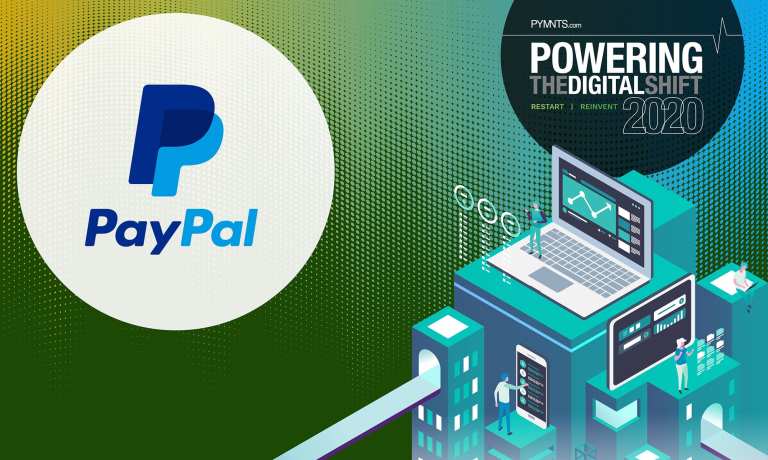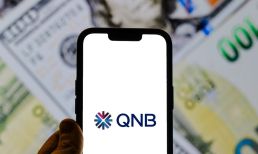“People want to be able to pay however they want, including with cards, digital wallets, alternative payment methods and rewards points. Giving customers choice can drive sales and loyalty.”
It’s hard to argue with the statistics on payments preference. It’s even harder when those stats are provided by industry titan PayPal. They make a powerful point about choice. “A 2018 Ipsos study found that 25 percent of people have abandoned a transaction because their preferred payments provider wasn’t available,” said Jim Magats, senior vice president, omni payments, PayPal. “For example, the study found that 59 percent of PayPal users have abandoned a transaction because PayPal wasn’t an option. The study also found that 44 percent are more likely to shop with businesses that offer a preferred payment provider and a good payments process.”
The following is an excerpt from How 35 Execs Are Powering The Great Digital Shift Of 2020 (And Beyond), contributed by Jim Magats, senior vice president, omni payments, PayPal.
For years, we’ve seen the consolidation of commerce as companies large and small file for bankruptcy, close their doors and lay off workers. This trend is nothing new, but the global pandemic has dramatically accelerated this consolidation, impacting businesses of all sizes.
A recent UBS report predicted that eCommerce will rise to 25 percent of U.S. retail sales, up from 15 percent last year, and estimated that around 100,000 stores will close in the next five years. Given this shift to online, and especially in light of the pandemic, the remaining businesses that do exist in the physical world need to enable experiences that ensure safe, touch-free transactions.
As cities and states begin to reopen, businesses need to evolve their commerce experiences to ensure they are responding to new consumer demands. So what can businesses do to come out of the pandemic in a position of strength? It comes down to enabling customer choice, helping consumers access the best prices and embracing a commerce environment that blurs the online and physical worlds.
Advertisement: Scroll to Continue
People want to be able to pay however they want, including with cards, digital wallets, alternative payment methods and rewards points. Giving customers choice can drive sales and loyalty. A 2018 Ipsos study found that 25 percent of people have abandoned a transaction because their preferred payments provider wasn’t available. For example, the study found that 59 percent of PayPal users have abandoned a transaction because PayPal wasn’t an option. The study also found that 44 percent are more likely to shop with businesses that offer a preferred payment provider and a good payments process.
Consumers also want the flexibility to be able to pay when they want. This is especially true today, when many people have had their incomes impacted yet still need flexible ways to pay for things. This could include various credit options, from short- and long-term installment plans to pay after delivery options that begin to separate the buying from the paying experience.
In addition, the economic crisis that resulted from the pandemic has made consumers even more sensitive to price. Consumers who feel confident that they are being presented the best price are more likely to convert. With services like Honey, shoppers can set a target price for an item they want. You could imagine this data presented as aggregated and anonymous demand curves, helping businesses understand exactly what price point will drive a specific percentage of sales.
Finally, where customers want to pay is increasingly online. But more and more, commerce experiences are happening where the physical and online worlds meet. Consumers are demanding experiences like buying online and picking up in store, ordering ahead to skip the line, or using phones to tap and pay or scan a QR code to avoid physical contact while in-store.
Before the global pandemic, consumers preferred experiences like these. But now, consumers are demanding these flexible options. The businesses that quickly adapt to this new commerce landscape can come out of the pandemic in a position of strength.




